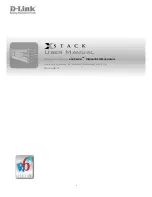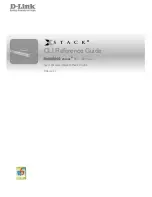
Table 134: Access Control Group Fields (continued)
Field
Description
Read
The level of read access rights for the group. The menu includes the available
SNMP views. When adding a group, select the checkbox to allow the field to be
configured, then select the desired view that restricts management access to
viewing the contents of the agent.
Write
The level of write access rights for the group. The menu includes the available
SNMP views. When adding a group, select the checkbox to allow the field to be
configured, then select the desired view that permits management read-write
access to the contents of the agent but not to the community.
Notify
The level of notify access rights for the group. The menu includes the available
SNMP views. When adding a group, select the checkbox to allow the field to be
configured, then select the desired view that permits sending SNMP traps or
informs.
If you change any of the parameters, click
Submit
to apply the changes to the system. If you want the
switch to retain the new values across a power cycle, you must save the configuration.
User Security Model
The User Security Model page provides the capability to configure the SNMPv3 user accounts.
To access this page, click
System
>
Advanced Configuration
>
SNMP
>
User Security Model
in the
navigation menu.
Use the buttons to perform the following tasks:
•
To add a user, click
Add
. The Add New SNMP User dialog box opens. Specify the new account
information in the available fields.
•
To remove a user, select one or more table entries and click
Remove
to delete the selected entries.
Table 135: SNMP User Security Model Fields
Field
Description
Engine ID
Each SNMPv3 agent has an engine ID that uniquely identifies the agent in the
device. If given this entry will be used only for packets whose engine ID is this.
This field takes an hexadecimal string in the form 0102030405.
User Name
Specifies the name of the SNMP user being added for the User-based Security
Model (USM). Each user name must be unique within the SNMP agent user list. A
user name cannot contain any leading or embedded blanks.
Group Name
A SNMP group is a group to which hosts running the SNMP service belong. A
group name parameter is simply the name of that group by which SNMP
communities are identified. The use of a group name provides some security and
context for agents receiving requests and initiating traps and does the same for
management systems and their tasks. An SNMP agent won't respond to a
request from a management system outside its configured group, but an agent
can be a member of multiple groups at the same time. This allows for
communications with SNMP managers from different groups.
Configuring System Information
ExtremeSwitching 200 Series: Administration Guide
146
















































